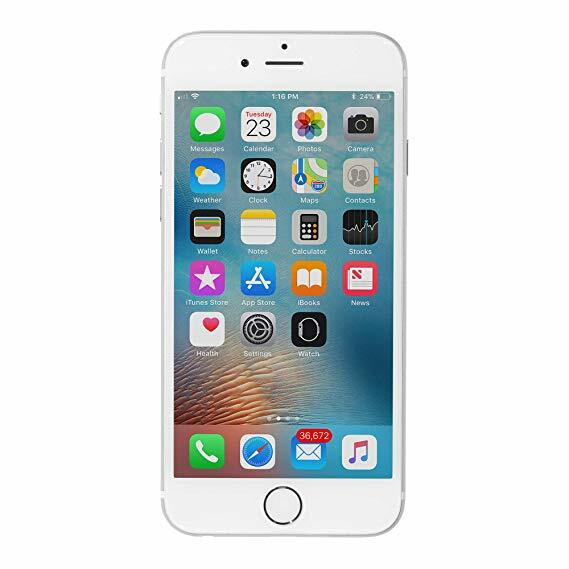Come 2019 display technology as a whole has come a long way from the good old black and white displays to CRT ( Cathoode Ray Tube) to today’s displays. The two dominating display techonologies of Mobile Phones are LCD (Liqiud Colour Display) and AMOLED (Passive Matrix Organic Light Emitting Diodes). This displays are used by every manufacturer from Samsung to Apple. We will have a look on which display is better and why and which one you should choose. So let’s dig into it.
 |
| iPhone 6 with IPS LCD(Retina) Display |
IPS LCD: What is it? Overview
IPS stands for IN-PLANE SWITCHING and is essentially for LCD (Liquid-Crystal Displays) . In comparison to LCD’S, IPS LCD are much improved as the viewing angles are better, colour reproduction is greatly improved as well as better screen response time which is a boost for gaming. IPS LCD when compared to AMOLED are cheaper to produce however as is needs a back light so its not the slimmest around and also it need more power to run thus effecting battery light. The main problem with IPS LCD’S is that as it has a backlight panel and light cannot pass so IN-DISPLAY FINGERPRINT sensors are not compatible with the technology. In 2019 where in-display fingerprint sensors are gaining traction with consumers is not compatible as sensors use a camera to read the fingerprint and requires light to pass through. Another upcoming feature dubbed as IN-DISPLAY CAMERA will not be compatible with IPS LCD’s for the same reasons mentioned above and for the same reasons AMOLED is seeing increased demand as it supports both of them, manufacturers as a result are using more and more AMOLEDs in budget centric devices as well especially in market like India and China. However recently a Chinese company claimed that they have developed in-display sensors with LCDs and claim that success rate is at par with the ones in AMOLEDs. However LCDs are more durable tend to survive drops and is brighter in direct sunlight compared to AMOLED.
 |
| Redmi 7Pro another popular device sporting IPS LCD |
AMOLED: What is it? Overview
Active-Matrix Organic Light-Emitting Diode or AMOLED lights up pixels individually on top of a TFT array where current is passed through organic compounds. AMOLED is much power efficient. In AMOLED displays pixel are completely turned of when it reproduces black colour as a result blacks are deep when compared to LCD’s. If one prefers dark theme it will definitely save a lot of energy as the dark areas of the screen are actually turned off. AMOLED when compared to LCD’s have more vibrant colours. As it lacks a backlight it slimmer and light can also pass through.As light can pass through it can house both IN-DISPLAY FINGERPRINT SENSOR and IN-DISPLAY CAMERA. However AMOLEDs are more expensive to produce and pixel degrades over time and gets a yellow tint. In my personal experience AMOLED screens less likely survive drops when compared to LCD’s. Direct sunlight legibility is also inferior compared to LCD’s.
VERDICT
The more time is passing the more AMOLED is preffered especially because more features it provides as compared to IPS LCD’s. However there are pros and cons to both the technologies. At this point i would like to add that AMOLED has an Edge but again we cannot rule out IPS LCD. IPS LCD already has come a long way and will definitely be upgraded in the future, it’s durability as well as cost works in its favour for sure. Most of the budget phone use IPS LCD’s as of now so the demand is definitely there. It’s upto the buyers to select what they want to purchase as requirements are different for individuals.
